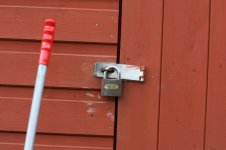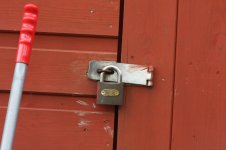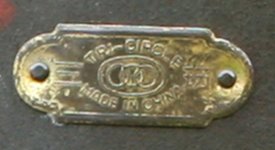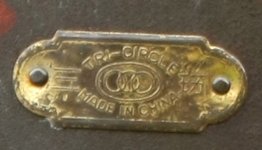tonky
Well-known member
Tonky
Your living proof that small pixels do help!
The Canon camera's with the smallest pixels are the 400D and 40D (see my table earlier in the thread), even smaller than the 20D
See, there you go, I hadn't even considered the 400D! Interesting! :t:
and I reckon the 40D is nearly the perfect camera for bird photography and fairly priced.
Go get it
Adrian
LOL. That's already looking like a racing certainty now in The New year probably. Don't get me wrong I could happily 'make do' with a 1DS MK3, but it's a sobering thought that for that sort of dosh you could buy a 40D body, a 600mm f4L, put change in your pocket and still put the larger 1:1 image on the sensor. |8.|












